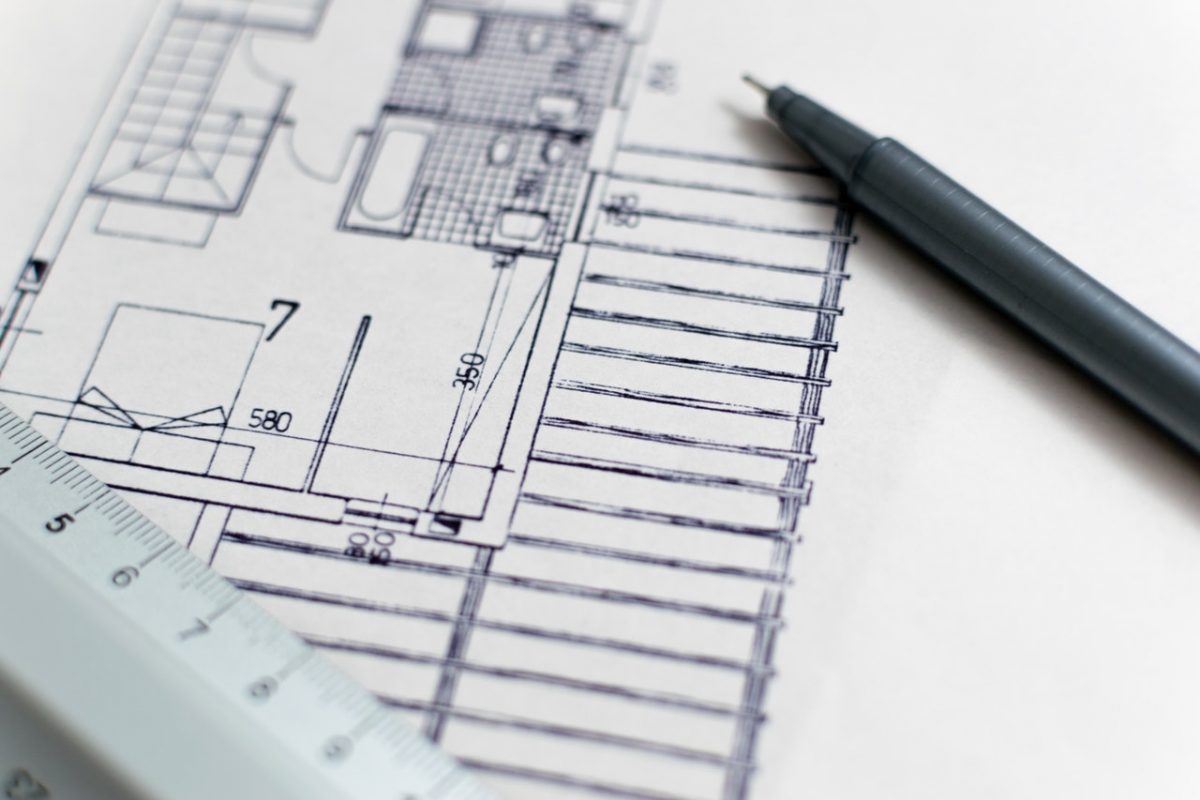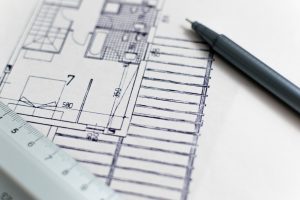The 8 Best architectural Designs for Maximizing Home Layout

Essential design principles supports Design for Place so that it can assist you in taking advantage of passive design for a more energy- efficient and comfortable home.
The goal of each principle is to increase usability and livability for a range of people and circumstances. They control the design of the floor plans, the managing of the elevations and cross-sections and the specifications of materials, construction and transport type such as frannas. Design For Place provides you with a sensible display of how the principles can be applied during the progression of the design. Before embarking on designing a home, it is recommended that you familiarize yourself with each principle so you can choose the right option for your needs.
Here’s a summary of the key principles that influenced the Design For Place designs. The web or your architect, designer or draftsperson may provide a host of good-practice design principle.
Think local—adjust designs to suit your needs
Design For Place is a resource for you to get ideas and appreciate the basic elements of a well-grounded design. Architect-designed, 7 star Nationwide House Energy Rating Scheme (NatHERS) house designs are now accessible by the public through the Design for Place plans. You will need to familiarize and comply with local council and building policies and requirements when utilizing these designs. To integrate the climate and construction details that applies to your location, as well as the needs of your specific household and lifestyle, the sketches will need to be redrafted. There are a variety of case studies and examples to add to your perception of local design.
Face north—use appropriate orientation
In Australia, it is recommended for living areas to face north so that sunlight can come into the house during the day. This is essential in cold climates and it is a key way to reduce energy used for heating in winter. The need for mechanical heating during the colder hours overnight is reduced when sunlight is allowed to enter the house through glazed windows and doors heats the interior of the building during the day. A great way to further reduce mechanical heating needs is the use of internal thermal mass to help store the heat generated during the day. If you are re-designing rooms and are moving around timber beams make sure to take care of any which are structural in nature as it may just be more worthwhile considering other alternatives than a north facing house. Star ratings and variations outlines the exact orientation recommended for different climate zones.
Know where you live—respond to climate
The design of your house will be greatly impacted by the area where it is located. This does not only apply to a home but to accommodation choices as well, such as waterfront accommodation or inland accommodation. The design requirements of buildings depend on their location across Australia. Take for instance, the design principles for a house in Darwin (tropical climate) will differ to those needed for a house in Canberra (cold climate). In order to avoid issues such as inappropriate heat loss or heat gain, insufficient cross-ventilation, or too much stored heat, it is important to ensure that designs pay attention to the relevant design principles for the specific climate zone. Star ratings and variations provides details on the proper qualifications for your climate zone with case studies and further background in Design for climate.

Let the light in—provide appropriate levels of natural light
Windows and doors can let in appropriate levels of natural light when a house has its living spaces facing north. The need for electric lights during daylight hours can be reduced or eliminated through effective ‘daylighting’. You can make the most of the potential benefits with careful placement and sizing of windows, the use of skylights and light tubes, as well as light-colored interior surfaces while steering clear of extra loads on heating and cooling. You may need to consider crane hire for a skylight for a home with two story’s, for example. For the glazing to receive the strongest sun, it is recommended to have the majority is designed to face north, with smaller amounts facing east and west. Southerly windows can allow light but not heat into your house in tropical climates.
Put on layers—provide appropriate levels of insulation
The unwanted transfer of hot or cold air from inside to outside and vice versa can be stopped by building insulation. It ensures that heat from mechanical heating or the sun is insulated inside the house during winter. And in summer, the cooling effect from air conditioning or thermal mass inside the house from escaping is prevented. Insulation is commonly placed underneath and around concrete slabs under roofs, in walls, and under suspended floors ceiling spaces. Insulation is essential for any climate, but it is particularly pertinent in colder climates where inadequate insulation allows heat to escape through ceilings, roofs, walls and floors.
Pull the shades down—provide appropriate levels of external sun-shading
Windows and doors should be shaded from the summer sun by eaves, pergolas, sun-hoods or external blinds. 90% of the heat from direct sunlight can be blocked by effective shading, thus reducing heat from north-facing glazing in summer. Shading items may be permanent or operable and should be placed correctly and programmed to respond to the sun’s height at different times of the year. As a basic rule, in order for the low-angle winter sun to enter the house, north-facing eaves should be narrow but wide enough to block the high-angle summer sun. The type and size of these devices will vary depending on your climate zone, location and budget.
Get some fresh air—provide appropriate levels of natural ventilation
Proper ventilation through a house or hotel is essential in all climate zones. Benefits from cooling breezes in summertime can be maximized by the house design, especially in warmer climates. The warm air that has accumulated in the building during the hot daytime hours can be flushed out by the cool evening breezes. It is recommended to have openable windows on opposite sides of a room to allow breezes to pass through so that natural cross-ventilation to occur. While doors are locked, high operable windows are useful in allowing hot air to escape at night. Healthy indoor air quality can be achieved through good ventilation. Having the title of best hotel or best home is by taking these tips into account.
Make yourself comfortable—provide livable and functional rooms
It is important to consider the people who will live in the house you design. A habitable and well-planned house is adaptable to the changing needs of your household without then needing expensive alterations. Living areas should be large enough to give a sense of space and to allow for flexibility in furniture arrangement so you can live the way you want. This incorporates access to natural light and to outdoor living spaces when desired. A space should be adaptable enough to serve diverse needs over time, such as a bedroom, teenage retreat, or home office. By using laminated timber flooring as your foundation you can then feel confident in simply changing around furniture to suit what space you would like.
These qualities are provided by the Design For Place designs while still being energy efficient.



